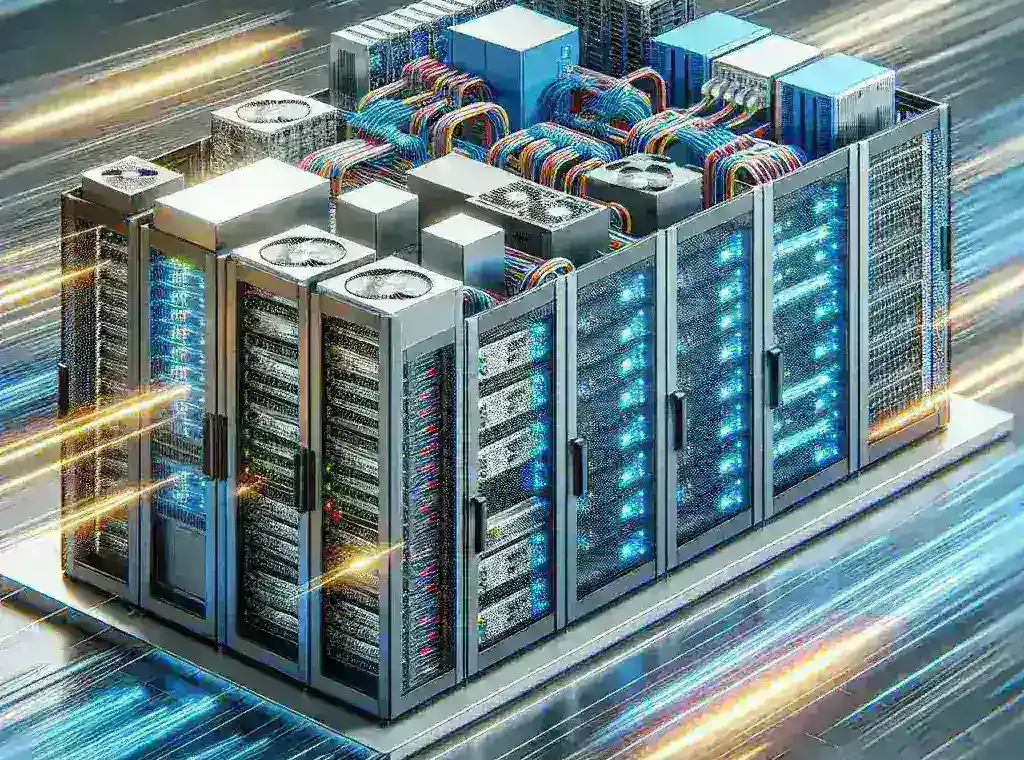Introduction
The rapid evolution of technology has placed unprecedented demands on data centers to be more agile and responsive. As businesses transition into the digital age, the need for fast and efficient deployment of IT infrastructure has never been more critical. One innovative approach that has emerged to meet these demands is the modular data center design. This article delves into the reasons why modular data center design boosts deployment speed, enabling organizations to stay competitive in an ever-changing landscape.
Understanding Modular Data Center Design
Modular data centers are pre-fabricated units that can be quickly assembled and deployed to meet the specific needs of an organization. Unlike traditional data centers, which require extensive construction and setup time, modular data centers are designed for rapid implementation. These facilities typically include all necessary components—such as power, cooling, and networking—within a compact structure that can be easily transported and installed in various locations.
The Evolution of Data Centers
Historically, data centers were massive structures built from the ground up, which involved lengthy planning, construction, and installation phases. This traditional method often resulted in significant delays in deployment, making it challenging for companies to adapt to changing market needs. As the demand for cloud services, big data analysis, and efficient IT operations surged, the limitations of conventional data center designs became apparent.
Transition to Modular Design
The shift towards modular data center design began in response to these challenges. By utilizing prefabricated modules, companies can achieve faster deployment without sacrificing performance or reliability. As a result, organizations can quickly scale their operations to meet increased demand, ensuring they remain competitive.
Key Advantages of Modular Data Centers
1. Speed of Deployment
One of the most significant benefits of modular data center design is the speed at which these facilities can be deployed. Traditional data centers can take months or even years to build, whereas modular designs can be up and running in a matter of weeks. This rapid deployment allows businesses to respond quickly to market changes and customer needs.
2. Scalability and Flexibility
Modular data centers offer exceptional scalability. Organizations can start with a single module and expand by adding additional units as their needs grow. This flexibility enables businesses to manage their resources efficiently, avoiding overprovisioning and reducing costs.
Real-World Example
A great example of the benefits of modular data centers can be seen in the case of a leading cloud service provider. Facing rapidly increasing customer demand, they opted for a modular approach to enhance their infrastructure. By implementing modular data centers, they managed to reduce deployment time from several months to just weeks, allowing them to launch new services much faster than their competitors.
3. Reduced Capital Expenditure
Building a traditional data center often requires significant capital investment upfront. Modular data centers, on the other hand, allow businesses to spread their investment over time. Companies can invest in the initial module and only incur additional costs as they grow, making it a more financially viable option for many organizations.
4. Enhanced Energy Efficiency
Modern modular data centers are designed with energy efficiency in mind. They incorporate advanced cooling technologies and optimally designed layouts that help reduce energy consumption. This not only lowers operational costs but also aligns with sustainability goals, which are increasingly important for organizations today.
Future Trends in Modular Data Center Design
As technology continues to evolve, the future of modular data centers looks promising. Emerging trends include the integration of artificial intelligence and machine learning to optimize performance and energy use. Additionally, advancements in containerization will further enhance the flexibility and speed of deployment.
The Role of Artificial Intelligence
AI can play a significant role in managing modular data centers. By leveraging intelligent systems, organizations can automate monitoring, maintenance, and resource allocation. This automation can lead to even faster deployment and improved operational efficiency.
Predictions for the Next Decade
Experts predict that the demand for modular data centers will continue to grow over the next decade. As businesses increasingly shift towards cloud-based solutions, the need for rapid deployment and scalability will make modular designs even more appealing. Companies that adopt this approach are likely to gain a competitive edge in their respective markets.
Challenges and Considerations
While modular data centers offer numerous advantages, there are challenges that organizations must consider. These include the initial design and planning phase, integration with existing systems, and potential regulatory hurdles. It is essential for businesses to conduct thorough research and planning to mitigate these challenges and ensure a successful deployment.
Conclusion
In conclusion, the modular data center design has revolutionized the way organizations deploy their IT infrastructure. With the ability to enhance speed, scalability, and energy efficiency, modular solutions are becoming the go-to choice for businesses looking to stay agile in an increasingly digital world. As technology continues to advance, the benefits of modular data centers will only become more pronounced, making them an essential component of future IT strategies.
Final Thoughts
Organizations considering a transition to modular data centers should weigh the pros and cons carefully. While the advantages are clear, each business’s unique circumstances will dictate the best approach. By staying informed about industry trends and advancements, businesses can position themselves for success in the dynamic world of data management.

